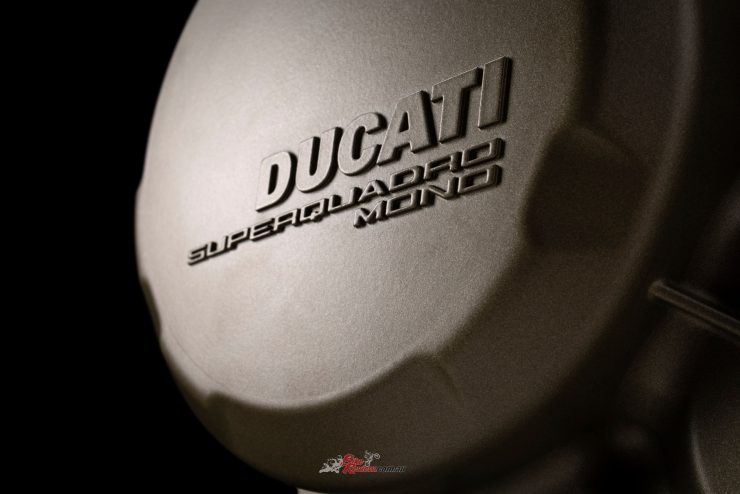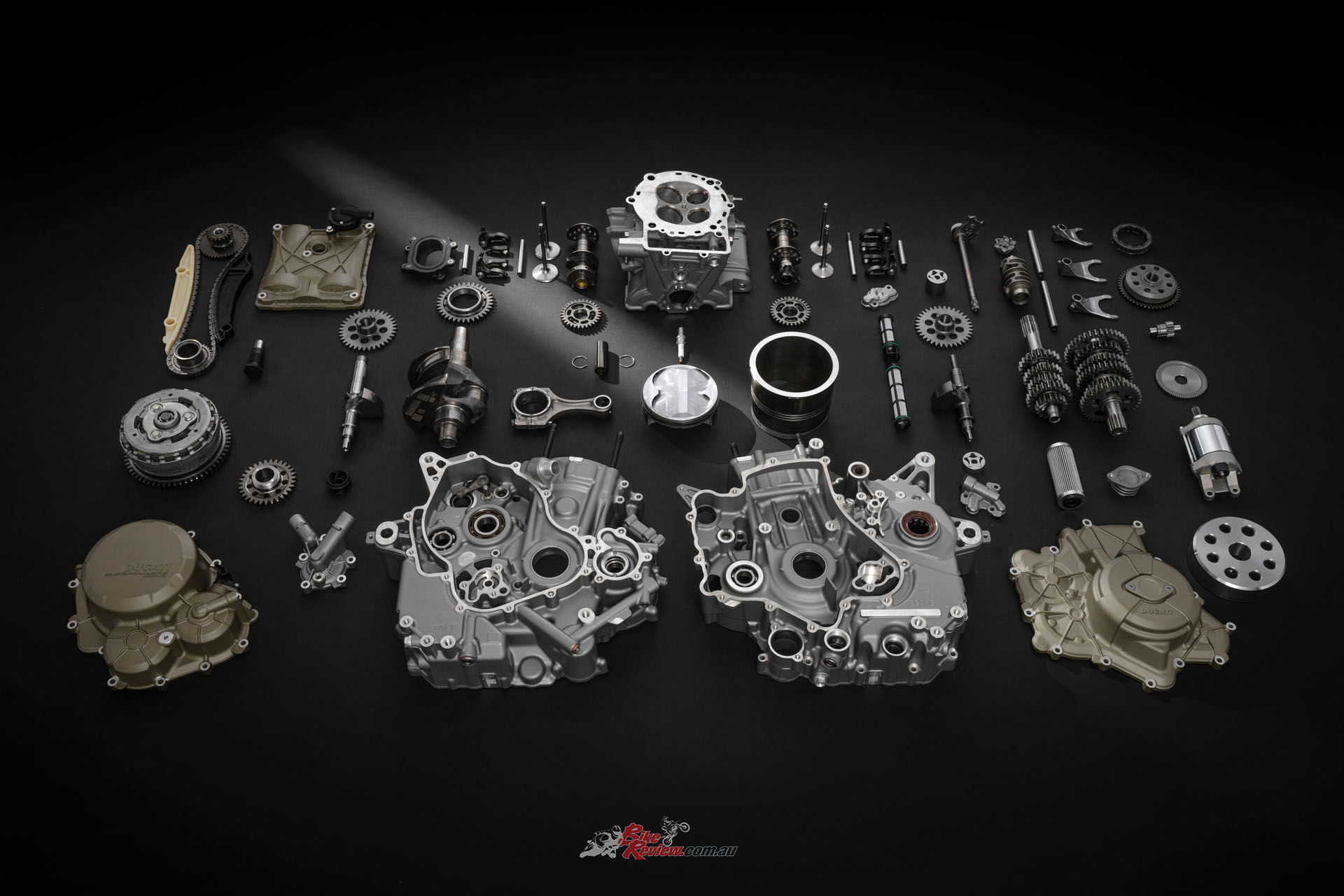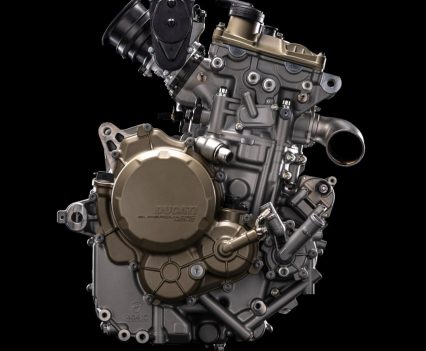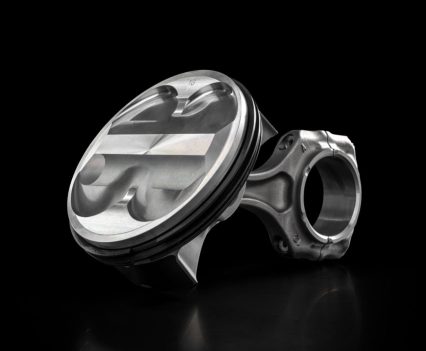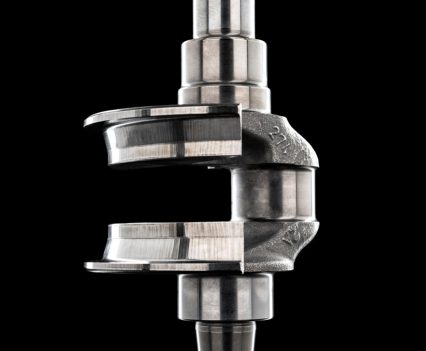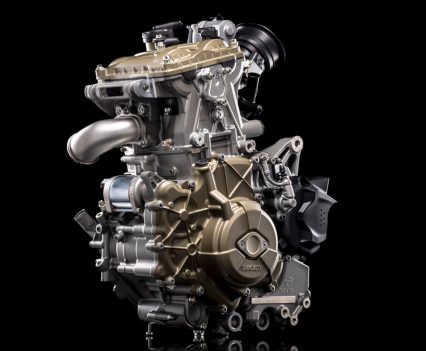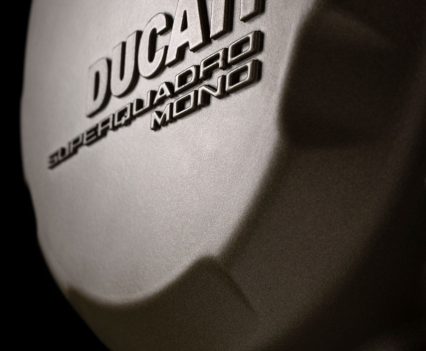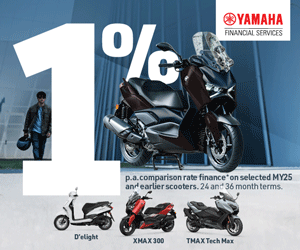Ducati Superquadro Mono: The Most Powerful Production Single Ever
Ducati returns to producing a road single-cylinder, 30 years after the legendary Supermono 550. It is called Superquadro Mono, has a displacement of 659cc, is equipped with a Desmodromic system and sets itself as the new benchmark in the category in terms of performance. Press Release: Ducati.
This single-cylinder, designed by choosing refined materials and solutions for each component, is based on the Panigale 1299 engine, the 1285cc Superquadro. The Superquadro Mono inherits the 116mm diameter piston from the Panigale engine, the shape of the combustion chamber, the 46.8mm diameter titanium intake valves, the 38.2mm steel exhaust valves and the Desmodromic system.
- 77.5hp, which becomes 85 with the racing exhaust, and maximum rotation speed of 10,250rpm: performance never achieved before by a single-cylinder road engine
- The Superquadro Mono derives from the twin-cylinder unit of the 1299 Panigale, from which it inherits the 116mm bore piston, the combustion chamber, the titanium intake and steel exhaust valves and Desmodromic distribution
- With an extremely short stroke of 62.4mm, the Superquadro Mono has a bore/stroke ratio of 1.86. The most extreme value ever seen on a road single-cylinder engine
- Not just benchmark performance, the Superquadro Mono is also the single-cylinder with the highest maintenance intervals: 30,000km for checking and eventual valve clearance adjustment
The name Superquadro comes from the extreme ratio between bore and stroke which allows, thanks to the very short stroke, to reach rotation speeds typical of racing engines. On the Superquadro Mono this ratio is equal to 1.86 with a stroke of just 62.4mm. The record bore of 116mm allows the adoption of large diameter valves to benefit performance, which however would not be possible without the Desmodromic system. This system, which Ducati also uses on the MotoGP bikes, allows the limits imposed by the valve springs to be overcome, enabling extreme valve lift laws.
Thanks to these solutions, the Superquadro Mono delivers a maximum power of 77.5hp@9,750rpm, and is capable of reaching 10,250rpm*, values never achieved before by a road single-cylinder. All this while respecting the limits of Euro 5 homologation. In racing configuration with Termignoni exhaust, this single-cylinder is finally able to reach the incredible maximum power value of 85hp@9,500rpm.
The 116mm bore piston is an absolute record for a production single cylinder. Of racing origin, it is characterized by a “box in box” layout like the pistons of the Panigale V4 R, i.e. with a double-truss base to combine rigidity and resistance by reducing the thrust surfaces with the ultimate aim of containing friction. For the same reason, the piston pin is equipped with a Diamond Like Carbon (DLC) surface coating, the same treatment used for the piston skirt of the Panigale V4 R. The compression ratio is equal to 13.1:1.
As on the Desmosedici MotoGP engine, the rocker arms of the Desmodromic system also boast DLC (Diamond Like Carbon) surface coating to reduce friction and increase resistance to fatigue. Distribution is controlled through a mixed “silent” gear/chain system. Fuel feed is entrusted to a single oval-section throttle body with an equivalent diameter of 62mm, with an under-throttle injector controlled by a ride-by-wire system that offers three different Power Modes (High, Medium, Low) to adapt the delivery of the engine to different riding situations.
The die-cast engine crankcases integrate the water jacket around the cylinder barrel, made as on the 1299 Superleggera in aluminium rather than steel, with benefits in terms of weight and cooling due to the thinness of the walls. This solution also allows the head to be fixed directly to the crankcase, obtaining a much more compact engine with the same rigidity of the structure. The clutch, alternator and head covers are made by casting magnesium alloy, again to reduce the weight of the engine to a minimum while guaranteeing high mechanical resistance.
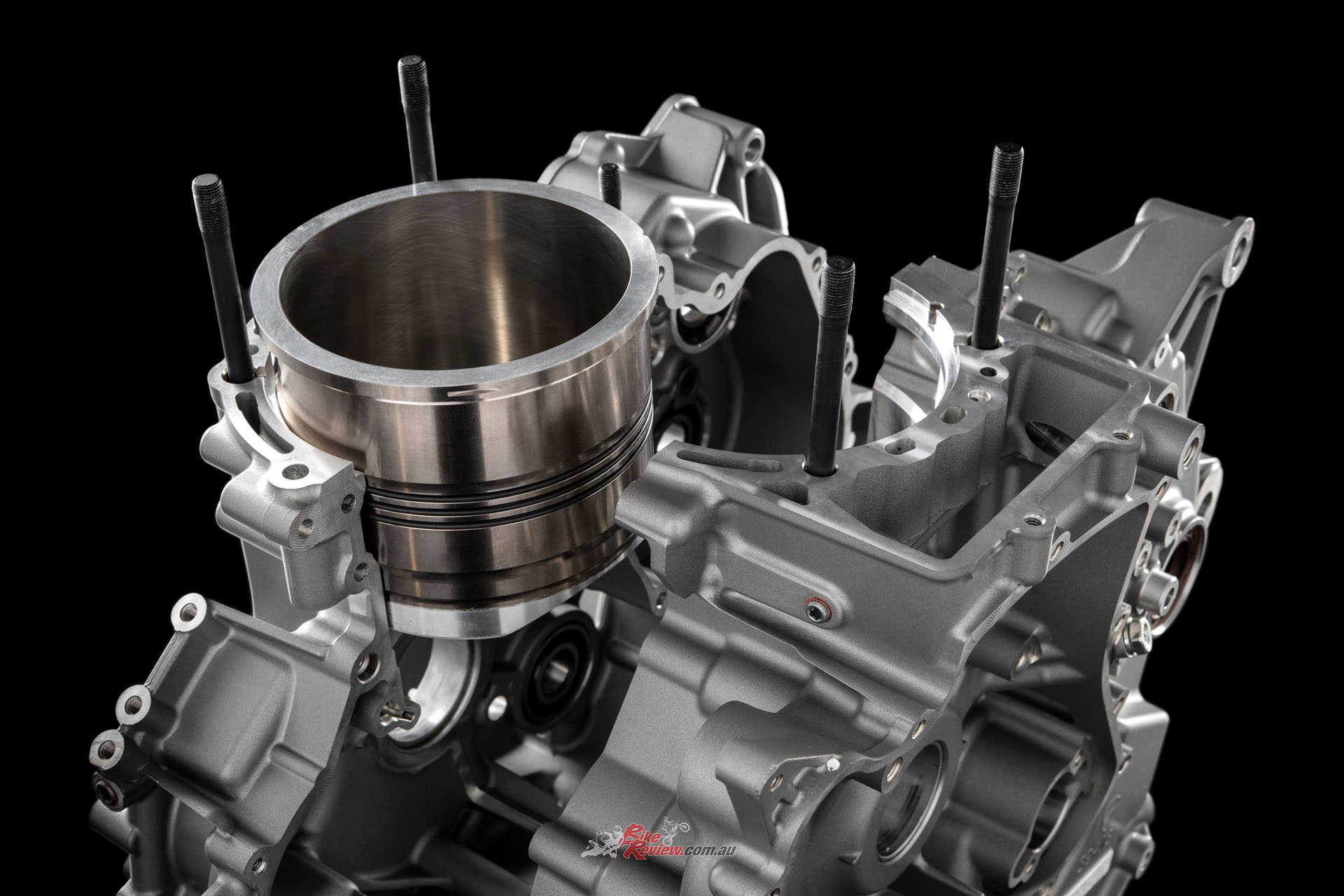
The die-cast engine crankcases integrate the water jacket around the cylinder barrel, made as on the 1299 Superleggera in aluminium rather than steel, with benefits in terms of weight and cooling due to the thinness of the walls.
The crankshaft is asymmetrical and mounted on differentiated main bearings to contain the weight. Engine balancing is guaranteed by the presence of two balancing countershafts (one front and one rear) mounted on ball bearings inside the crankcase and controlled by gears. The countershafts also control the water and oil pumps. The layout of the two countershafts, placed on the side of the crankshaft, allows the first order inertia forces to be completely balanced without introducing further unwanted forces or moments.
The Superquadro Mono relies on two lobe pumps, a delivery one which ensures efficient lubrication of the engine, and a recovery one, located in the connecting rod compartment and which takes the oil from the side compartments of the alternator and clutch covers in order to reduce the friction losses of the lubricant with the moving parts. This pump, together with a valve placed in the blow-by circuit, brings the crankshaft compartment under depression as in racing engines, in order to reduce the resistance of the moving parts and to ensure effective recovery of the lubricating oil in any conditions of use of the engine.
The transmission relies on a six-speed gearbox with racing ratios derived from the experience gained with the Panigale V4. The first gear is in fact long to allow its use in slow corners, exploiting the maximum thrust available. The clutch is in an oil bath with progressive interlocking hydraulic control, characterized by a particularly reduced lever load and specifically developed to offer easy and intuitive braking behaviour, with maximum modulability on release and in engine brake management to facilitate power-sliding in corner entry.
*In first gear only the limiter is set at 10,000 rpm
Main technical data of the Superquadro Mono
- 659cc vertical single-cylinder engine
- Bore x stroke 116 x 62.4mm
- Compression ratio 13.1:1
- Maximum power 57kW (77.5 hp) at 9,750rpm – 85hp@9,500rpm with Termignoni racing exhaust
- Maximum torque 63Nm@8,050rpm
- Aluminium cylinder barrel
- Euro 5+ homologation
- Mixed chain-gear Desmodromic distribution with double overhead camshaft, 4 valves per cylinder. 46.8 mm titanium intake valves, 38.2mm exhaust valves.
- Asymmetrical crankshaft mounted on differentiated diameter main bearings
- Double balancing countershaft with control function of the water and oil pumps
- Multi-disc oil-bath clutch, servo-driven and with anti-hopping function
- Semi-dry sump lubrication with delivery pump and recovery pump
- Fuel feed via oval section throttle body with an equivalent diameter of 62 mm
- Six-speed gearbox with the possibility of fitting the Ducati Quick Shift (DQS) Up & Down
- Oil change set at 15,000 km
- Check and eventual adjustment of valve clearance set at 30,000 km
Editor’s Note: If you are reading this article on any website other than BikeReview.com.au, please report it to BikeReview via our contact page, as it has been stolen or re-published without authority.


